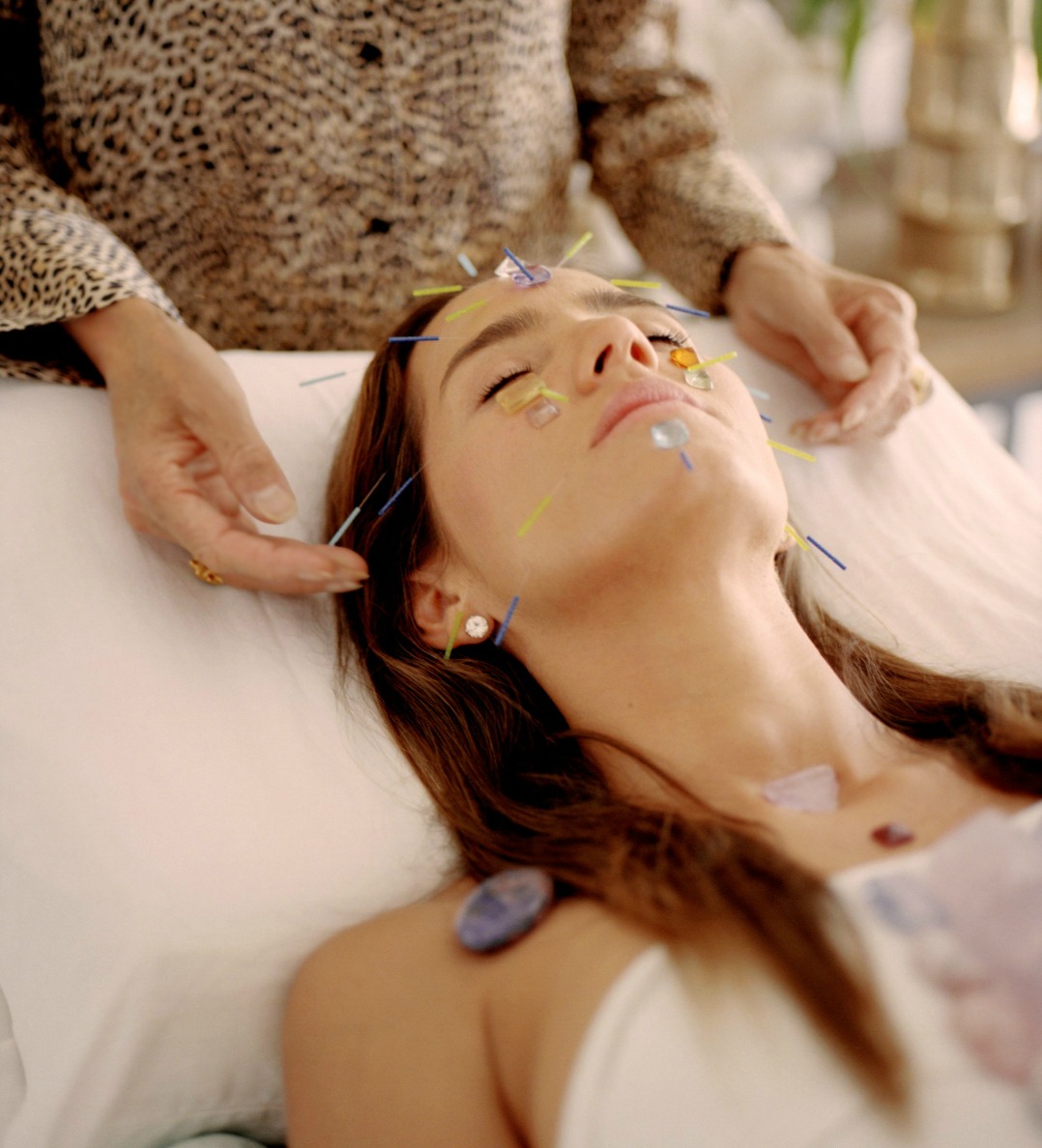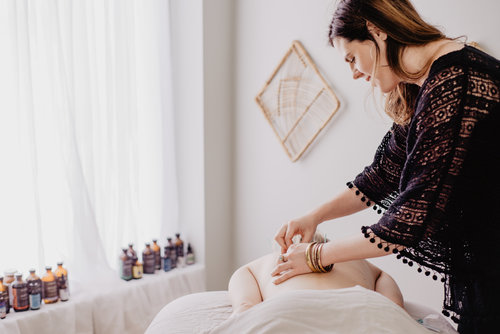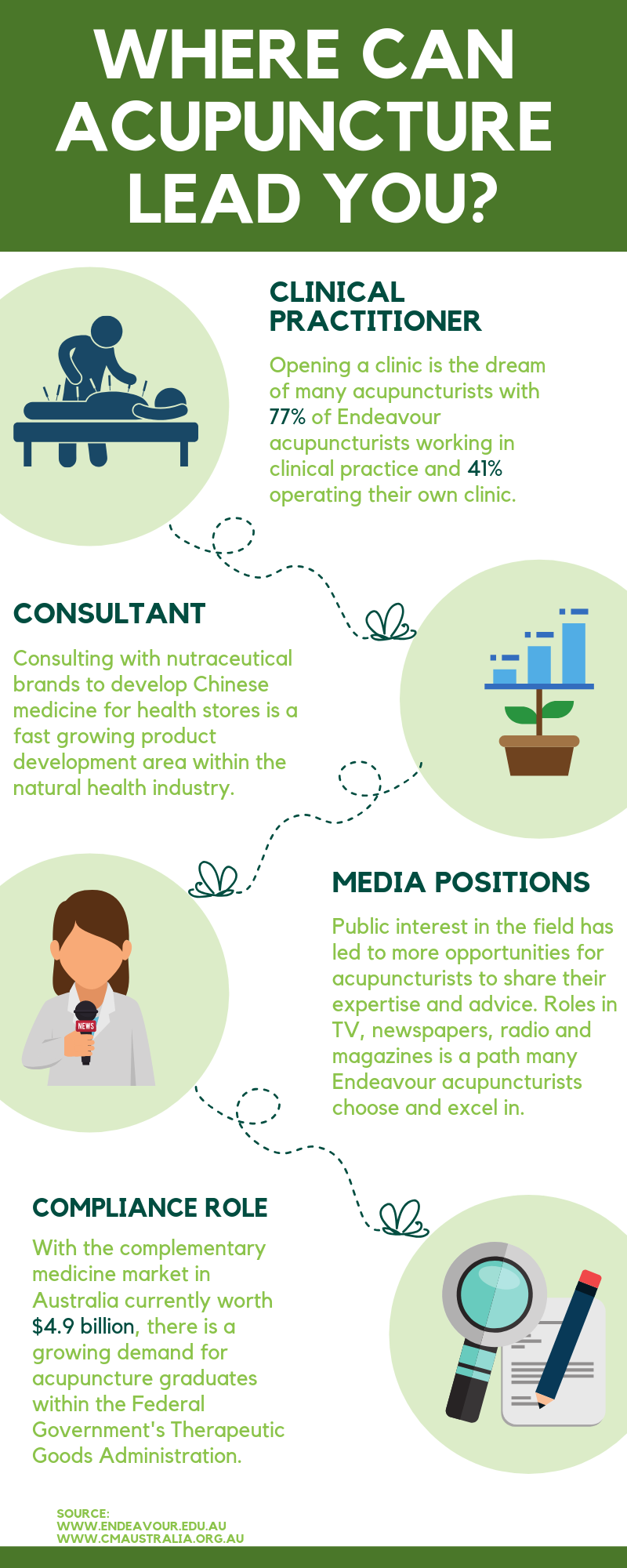
If you’re like me, and the majority of the population, you love a good scroll through motivational posts on Instagram promoting the idea of wellness.
There’s no shortage of ideas, tips and inspiration all designed to prompt us into a healthier, happier state of being.
While there are millions of practitioners, wellness advocates and products to follow, this daily obsession sent me on a mission to discover how I could master wellness for myself.
Inspired initially by the all of the yoga pose photos I was seeing, I decided it was time to delve deeper and live a “wellness lifestyle” – rather than just look at it.
As part of my research, I learned that exercise is only one part of wellness. I also discovered the practices of Tai Chi and Qi Chong which are similar to yoga, that can improve my energy and mental state.
Also referred to as Chinese exercise therapy, Tai Chi and Qi Chong are just one part of a holistic approach to wellness.

So what is Chinese exercise therapy?
Chinese exercise therapy focuses on slow mindful movements and deep breathing. Thousands of poses can be drawn upon in any given routine. Each pose, or combination of poses, is designed to engage the energy lines of the body, also known as meridians.
Say for example, you want to feel relaxed and energised. You may think that you need a trip to the gym. Not so! Instead, why not try Tai Chi.
Although done at a slow pace, Tai Chi and Qi Chong will make you feel incredible without the high impact. They can also be used as a foundation to learning martial arts. (Something I may pursue with my new found energy levels!)
The other four other aspects of Chinese wellness include:
Chinese massage (Tui Na), Chinese dietary therapy, Chinese herbs and acupuncture.
Each of these five aspects can be utilised in the pursuit of the internal energy balance every human has, which you may know as Yin and Yang.

For example, to deal with muscular problems I now book a Chinese massage known as Tui Na. During this massage the practitioner pulls and pinches on my muscles and kneads out any tight spots.
Be warned though, you will be asked to stick out your tongue for inspection before the session begins, which helps with their diagnosis, as Tui Na is also used to help treat conditions such as circulatory disorders and gastrointestinal issues.
To help balance my Yin and Yang from the inside out, I have also begun Chinese dietary therapy. With this, my diet was assessed for any harmful foods I may have been consuming.
Full disclosure – I have had to cut back on spicy foods and alcohol … (can we have a moment of silence, please?) However, I am feeling much better each and every day and wouldn’t change a thing.
In more serious cases, Chinese herbs may be prescribed, which I’m told can be as potent as pharmaceutical drugs.

The final leg on my journey to wellness are my acupuncture sessions. Again, the energy lines along my body are targeted to re-balance my Yin and Yang. Despite my muscles feeling a little tender after a session, I usually feel back to myself the day after.
Overall, the combination of these components of wellness have made me feel more at ease and energised each day. I am not sure what the epitome of wellness is but I am definitely closer to it now than I was before.
For good reason, the wellness trend is booming – and it won’t slow down anytime soon. If you’re interested in a career within the wellness space, then now is the time to embark on it! The demand for skilled practitioners is huge, and it’s predicted to stay that way for years to come.
Check out the infographic below from Endeavour, College of Natural Health.
This outlines the different career paths acupuncturists can take once they have graduated from the Bachelor of Health Science (Acupuncture) and apply for accreditation as a Chinese Medical practitioner.

As you can see, the path is varied, and you can make a career out of this booming industry in many ways you mightn’t think! To learn more, hit the links above.
WRITTEN BY: MEL AH-SEE

No Comments